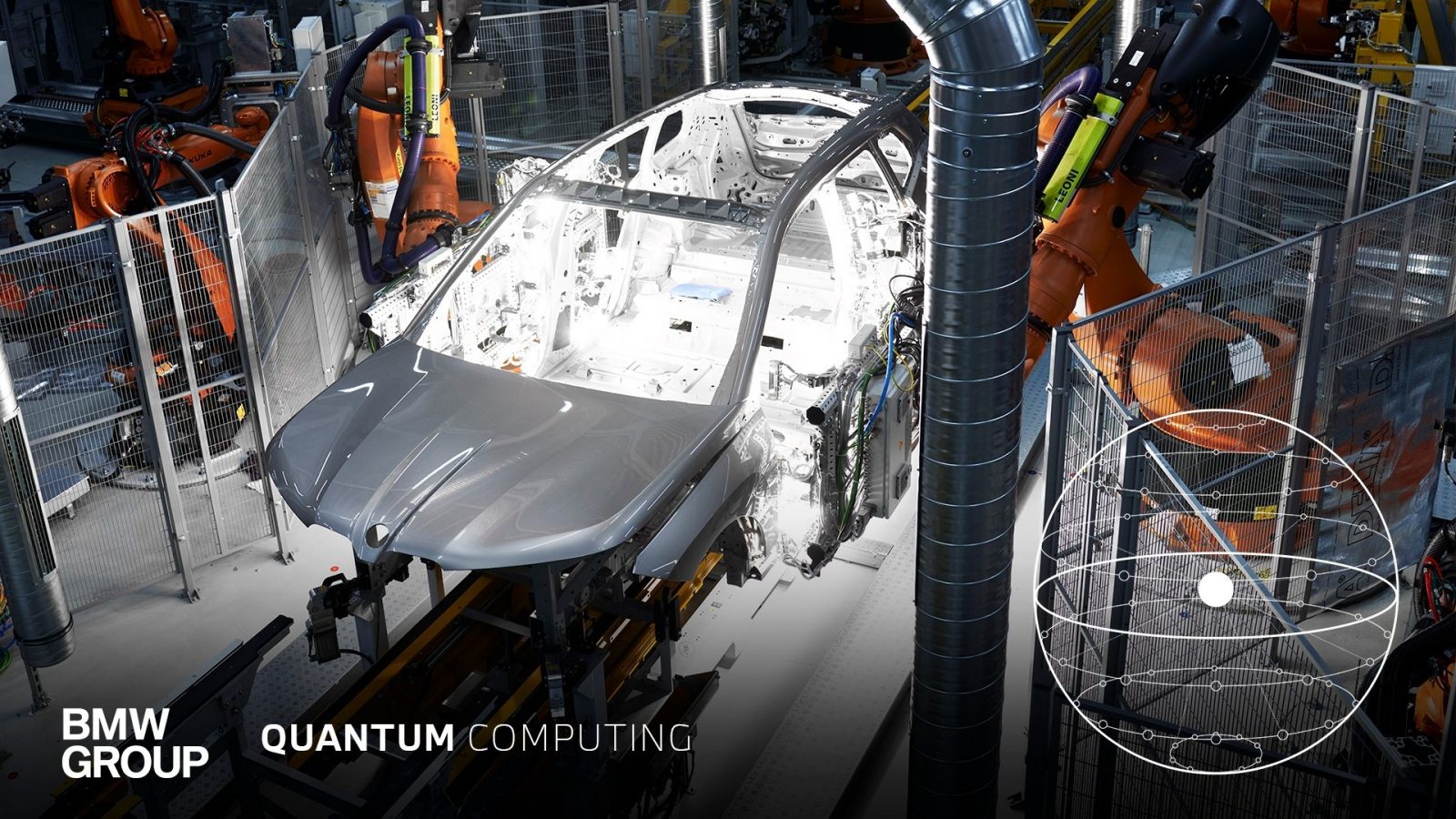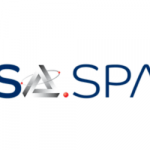QCI leverages EQC to improve its solution to the BMW Sensor Placement challenge

Quantum Computing Inc. (QCI), said it used a new quantum hardware technology called Entropy Quantum Computing (EQC) to solve the BMW Vehicle Sensor Placement challenge, an optimization problem with more than 3,800 variables, in just six minutes.
The optimization problem was part of the 2021 BMW Group and Amazon Web Services (AWS) Quantum Computing Challenge, in which QCI placed as a finalist. But QCI’s six-minute achievement is more recent, as the company told IQT News it presented the results to BMW just this week. What made the difference was QCI’s recent acquisition of quantum photonics systems company QPhoton which brought new quantum hardware technologies, including EQC, into the QCI fold.
The BMW Vehicle Sensor Placement challenge is a complex problem consisting of 3,854 variables and over 500 constraints, QCI said. In comparison, today’s Noisy Intermediate Scale Quantum (NISQ) computers can process approximately 127 variables for a problem of similar complexity, the company added. The object of the challenge was to find optimal configurations of sensors for a given vehicle that would provide maximum coverage (i.e. detect obstacles in different driving scenarios) at minimum cost. QCis’ new solution to the problem is a superior sensor configuration consisting of 15 sensors yielding 96% coverage using QCI’s quantum hardware and software.
In touting its achievement, the EQC ran more than 70x faster than its 2021 solution to the challenge, based on hybrid D-Wave implementation.
While QCI said the speed itself is notable, it noted that the stability of the system allowed the company to run the problem with coherence repeatedly and iteratively, demonstrating its usefulness for business applications.
“We are very proud to have achieved what we believe to be an important landmark result in the evolution of quantum,” said Bob Liscouski, CEO of QCI, who, incidentally, rang the closing bell for NASDAQ trading Wednesday. “We believe that this proves that innovative quantum computing technologies can solve real business problems today. What’s even more significant is the complexity of the problem solved. This wasn’t just a rudimentary problem to show that quantum solutions will be feasible someday; this was a very real and significant problem whose solution can potentially contribute to accelerating the realization of the autonomous vehicle industry today.”
QCI argued that in dealing with real-world computing problems, EQC’s ability to process many-variable computations with coherence puts it ahead of many NISQ QPU architectures that remain error-fraught, and can still process problems with fairly low variable sizes, due to the limited number of qubits available to represent problem variables. In the usually congenial quantum sector, that sounds a lot like a competitive shot fired over the bows of other firms.
Dan O’Shea has covered telecommunications and related topics including semiconductors, sensors, retail systems, digital payments and quantum computing/technology for over 25 years.



















